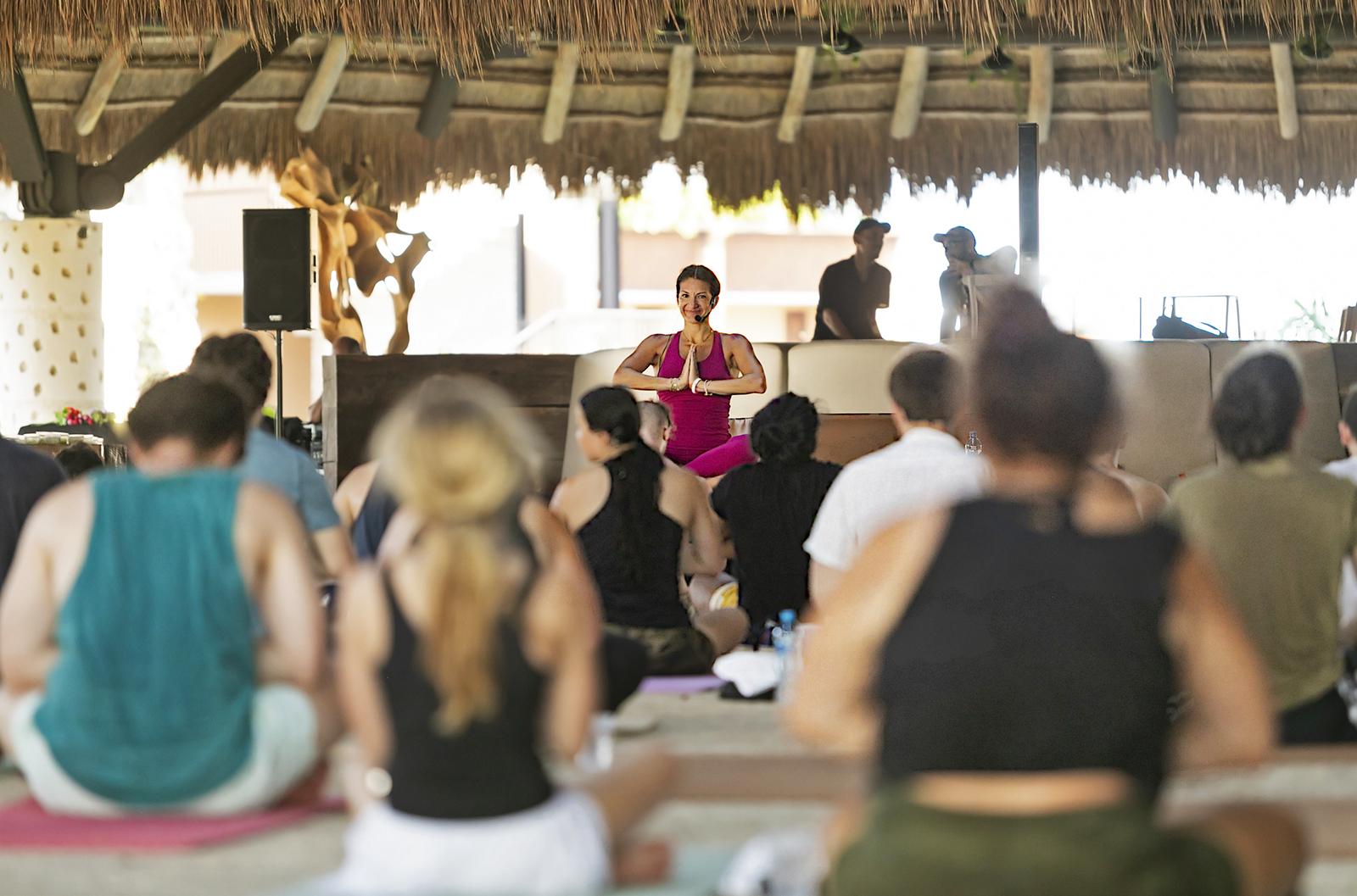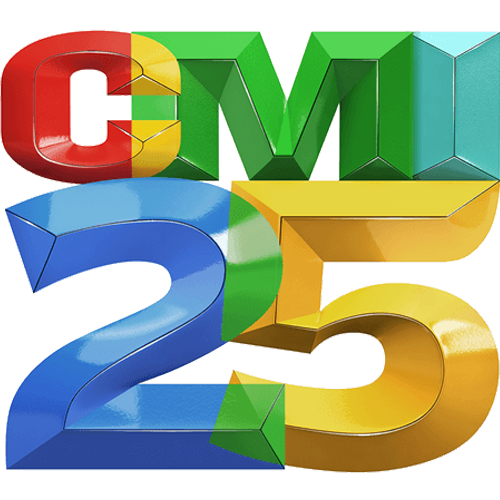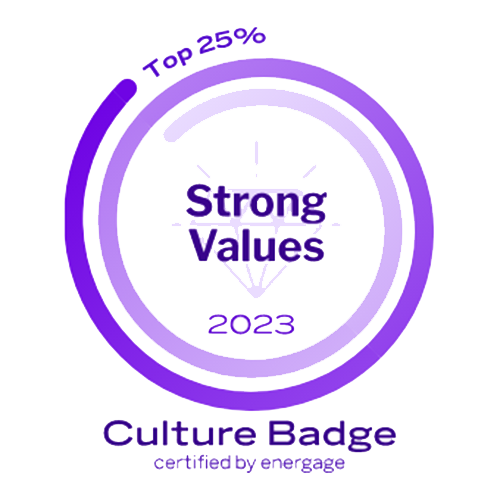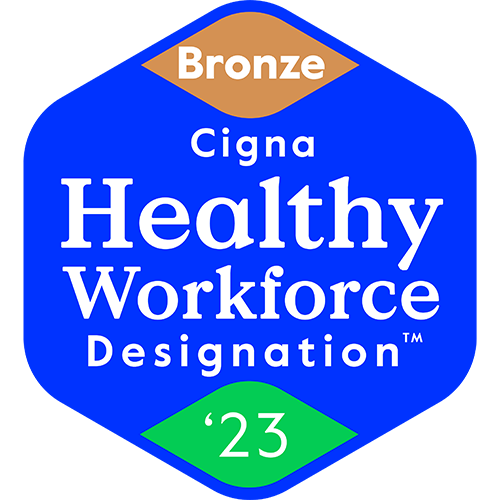A corporate retreat isn’t just about getting away—it’s about getting things done. A well-crafted agenda is the backbone of a successful retreat, striking the right balance between productivity, team connection, and relaxation. Whether your goal is strategic planning, team bonding, or professional development, the structure of your retreat will determine its success.
So how do you design an agenda that keeps your team engaged, energized, and inspired? Let’s break it down.
Start Strong: Setting the Tone for Success
Every great retreat starts with a powerful kickoff. Set the tone from the very first session by clearly communicating the retreat’s objectives. Why are you here? What do you want to accomplish?
- Kickoff Session: Gather the team for an all-hands meeting that aligns everyone with the retreat’s mission.
- Engage Early: Start with an interactive icebreaker or team-building exercise to encourage participation from the get-go.
- Set Expectations: Outline the schedule, goals, and key takeaways so that everyone is on the same page.
By leading with a strong opening, you create clarity, excitement, and buy-in from the entire group.
Balancing Work and Play: Crafting a Dynamic Agenda
A retreat shouldn’t feel like a nonstop conference or an extended vacation—it needs balance. The right mix of structured work sessions and fun activities will keep your team engaged and energized.
Three Approaches to Agenda Planning
1. Start with Business, End with Fun
- ✅ Ensures focus and productivity while energy levels are high.
- ✅ Creates a sense of accomplishment before transitioning into relaxation.
- ❌ Can feel too formal at the beginning, making it harder to break the ice.
- ❌ May leave teams too drained to fully enjoy the fun activities.
2. Start with Fun, End with Business
- ✅ Helps break the ice and build team morale early on.
- ✅ Boosts engagement before diving into serious discussions.
- ❌ Can make it harder to transition into focused work.
- ❌ Risk of running out of time for critical business discussions.
3. Mix Business and Fun Throughout (Best for most teams!)
- ✅ Keeps energy levels balanced throughout the retreat.
- ✅ Prevents burnout by alternating between deep work and lighthearted activities.
- ✅ Allows for flexibility based on team dynamics.
- ❌ Requires careful planning to ensure smooth transitions.
No matter which structure you choose, the key is intentionality—every session should serve a purpose, whether it’s for productivity, creativity, or connection.
Building a Retreat Agenda That Inspires
1. Productive Sessions That Drive Results
Your retreat should include focused sessions where teams can brainstorm, collaborate, and strategize.
- Breakout Sessions: Small group discussions tailored to specific challenges.
- Interactive Workshops: Engaging sessions with hands-on learning.
- Strategy Meetings: Time for high-level planning and vision-setting.
- Creative Brainstorming: Open-floor ideation sessions that inspire innovation.
2. Energizing Activities That Strengthen Bonds
Incorporate team-building experiences that encourage collaboration and personal connection.
- Outdoor Adventures: Hikes, zip-lining, or team sports for an energy boost.
- Creative Workshops: Cooking classes, painting sessions, or improv exercises.
- Wellness Activities: Yoga, meditation, or guided relaxation sessions.
- Themed Networking Events: Trivia nights, scavenger hunts, or storytelling circles.
3. Time for Reflection and Growth
Reflection is just as important as action. Carve out time for your team to process what they’ve learned.
- Daily Wrap-Ups: A quick session at the end of each day to discuss key takeaways.
- Mindfulness Breaks: Short meditation or journaling sessions to encourage clarity.
- One-on-One Check-Ins: Private conversations with leadership for personal development.

Flexibility is Key: Leave Room for the Unexpected
While structure is essential, some of the best retreat moments happen spontaneously. Be open to adjusting the schedule based on team energy and engagement levels.
- Allow buffer time between sessions to prevent burnout.
- Provide options for downtime so team members can recharge in their own way.
- Stay adaptable—if a discussion is sparking meaningful insights, give it room to breathe.
Closing on a High Note
The final moments of your retreat should leave a lasting impact. Wrap up with a closing session that brings everything full circle.
- Motivational Keynote: A final message that reinforces your retreat’s purpose.
- Team Reflection: Share highlights, lessons learned, and action steps.
- Celebratory Activity: Whether it’s a toast, a team dinner, or a fun group challenge, end with a moment of connection and appreciation.
Final Thoughts: The Perfect Retreat Agenda is One That Works for Your Team
There’s no one-size-fits-all retreat agenda. Whether you start with work, fun, or a mix of both, the key is crafting an experience that aligns with your team’s needs and goals.
- ✅ Kick off with purpose
- ✅ Balance work and play for maximum engagement.
- ✅ Foster connection with team-building and networking.
- ✅ Stay flexible and adaptable.
- ✅ End with inspiration and clear next steps.
With the right agenda, your retreat will be more than just a getaway—it will be a transformative experience that strengthens your team and sets the stage for future success.
Now, go create the retreat your team will be talking about for years to come!











